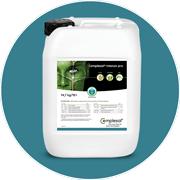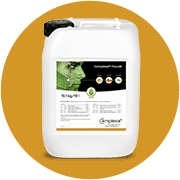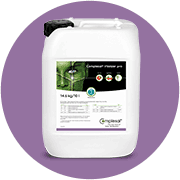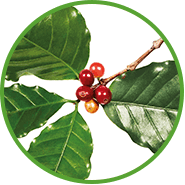
Coffee
A good harvest quality is probably the most important target in coffee production. The quality of coffee depends on the selection of an appropriate variety, a well-chosen planting location, a reasonable crop management and a good post-harvest manufacturing. Crop nutrition influences the quality like all the other factors as well and needs an intense focus. Fertilizer recommendations vary a lot between young and bearing trees. E.g. young trees need small but frequent fertilizer applications. Applying Macro- and Micronutrients via foliar fertilization can avoid leaching. Micronutrients are generally recommended to be applied as foliar fertilizer.
Key nutrients
Nitrogen is the most important nutrient in coffee production which is really essential in times of vegetative growth of the tree. Nitrogen is responsible for foliar area development of the plant, which is significant for obtaining a high coffee production per hectare as well as for high quality. During fruit formation, Nitrogen excess needs to be avoided as it interferes with the photosynthetic accumulation in the harvestable product, affecting yield and seed quality. Ideally, Nitrogen is mainly applied in form of most preferential Nitrate (NO3). Deficiency shows a uniform chlorosis from the leaf base to the leaf apex and from the central vein towards the margins.
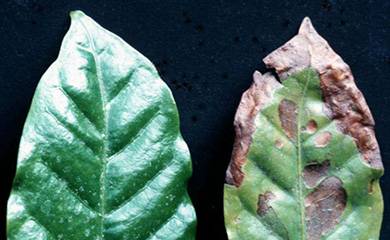
Potassium is needed in high amounts during berry set and filling to maximize sugar accumulation and berry size. Potassium has been linked to the improvement of coffee cup quality. In addition, a high Potassium concentration in the leaves helps the plant to use water efficiently, to improve the tolerance of frost and influences excess or lack of moisture in the soil. Deficiency symptoms generally occur as chlorosis on older leaves. Initially, the leaves show a yellow color and then become dark brown (only the margins and the tips of the older leaves). A yellow line limits the necrotic margins and apex
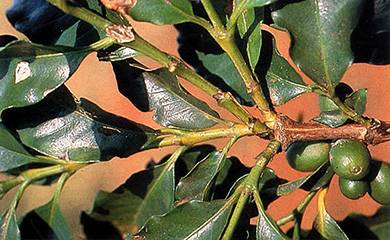
Boron and Zinc are equally important for coffee nutrition. Micronutrients such as Boron and Zinc are rare in eroded soils and those with high pH. Zinc deficiencies occur as chlorosis on the young leaves. These leaves are small and elongated with waved margins and show a pale green chlorosis. Boron deficiencies are present in young tissues and generally appear during very dry periods. Adult leaves become dark green and young leaves become yellow, with green veins progressing to the middle of the leaf.
Product recommendation coffee

Contact us for more information
Whether you’re interested in more information or just have some questions, we’re here to help. Our experts will be pleased to share their knowledge with you and take care of your request.
